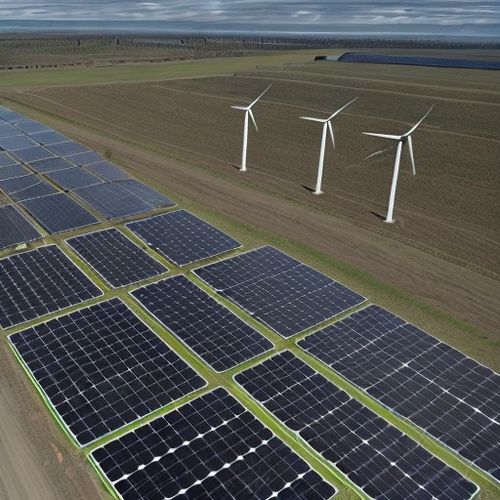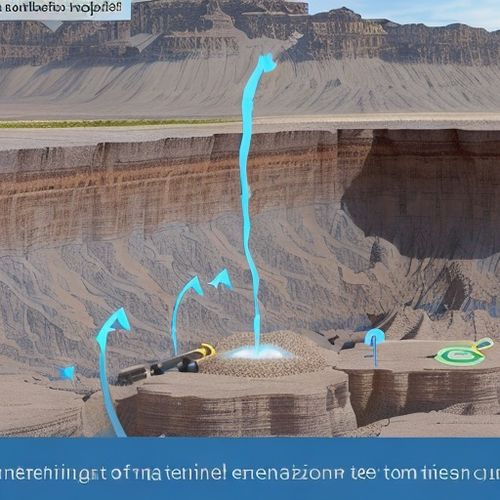The pursuit of controlled nuclear fusion has long been considered the holy grail of energy production, offering the promise of nearly limitless clean energy with minimal environmental impact. At the heart of this endeavor lies a critical concept known as the fusion triple product, a key metric that determines whether a fusion reaction can achieve ignition—the point where the reaction becomes self-sustaining. Understanding this principle is essential for grasping the challenges and breakthroughs in fusion research.
The fusion triple product is a combination of three fundamental parameters: plasma temperature, density, and energy confinement time. For a fusion reaction to be viable, these factors must reach certain thresholds simultaneously. Temperature dictates whether atomic nuclei possess enough kinetic energy to overcome electrostatic repulsion, while density ensures sufficient collisions between particles. Confinement time, on the other hand, determines how long the plasma can maintain these conditions to sustain the reaction. The product of these three variables must exceed a specific value for net energy gain, a milestone that has eluded scientists for decades.
Recent advancements in magnetic confinement fusion, particularly in tokamak and stellarator designs, have brought us closer to achieving the necessary triple product. Devices like ITER, currently under construction in France, aim to demonstrate the feasibility of sustained fusion reactions by optimizing these parameters. Meanwhile, inertial confinement approaches, such as those employed at the National Ignition Facility (NIF), use high-powered lasers to compress and heat fuel pellets, achieving extreme densities for brief moments. Each method faces unique hurdles in balancing temperature, density, and confinement, but both contribute valuable insights to the field.
One of the most significant challenges in reaching the required triple product is plasma instability. At the temperatures needed for fusion—often exceeding 100 million degrees Celsius—plasmas exhibit turbulent behavior that can disrupt confinement. Researchers employ sophisticated magnetic fields and advanced materials to mitigate these instabilities, but the problem remains a major obstacle. Additionally, sustaining high plasma densities without triggering harmful instabilities or excessive energy loss requires precise control, often pushing the limits of current engineering capabilities.
The role of materials science in fusion research cannot be overstated. The extreme conditions inside a fusion reactor demand materials that can withstand intense neutron bombardment and heat fluxes without degrading. Innovations in superconducting magnets, for instance, have enabled stronger and more efficient magnetic confinement, directly impacting the triple product by improving energy confinement time. Similarly, developments in plasma-facing components, such as tungsten divertors, help maintain plasma purity and stability, indirectly supporting higher temperatures and densities.
Beyond the technical challenges, economic and political factors also influence progress in fusion energy. Large-scale projects like ITER require international collaboration and substantial funding, often spanning decades. While the potential rewards justify the investment, the slow pace of development has led some to explore alternative approaches. Private companies are now entering the field with compact reactor designs, aiming to achieve the triple product through novel configurations or advanced fuels like deuterium-helium-3. These ventures bring fresh perspectives but must still contend with the fundamental physics governing fusion reactions.
Looking ahead, the next decade could prove pivotal for fusion energy. If current experiments succeed in demonstrating a positive energy balance, the focus will shift to engineering practical power plants. Such reactors would need to not only meet the triple product criteria but also operate reliably and economically. The transition from scientific proof-of-concept to commercial viability will demand further innovations in plasma control, materials, and energy conversion technologies.
The fusion triple product serves as both a guide and a reminder of the immense challenges inherent in harnessing star power on Earth. While the path forward is fraught with complexities, each incremental improvement in temperature, density, or confinement time brings humanity closer to a transformative energy solution. As research continues to push the boundaries of what’s possible, the dream of clean, abundant fusion energy remains firmly within sight, even if its realization requires patience and perseverance on a global scale.

By Megan Clark/Apr 19, 2025

By Thomas Roberts/Apr 19, 2025

By Thomas Roberts/Apr 19, 2025

By Emily Johnson/Apr 19, 2025

By Samuel Cooper/Apr 19, 2025

By Samuel Cooper/Apr 19, 2025

By George Bailey/Apr 19, 2025

By Joshua Howard/Apr 19, 2025

By William Miller/Apr 19, 2025

By Emily Johnson/Apr 19, 2025

By William Miller/Apr 19, 2025

By James Moore/Apr 19, 2025

By Joshua Howard/Apr 19, 2025

By William Miller/Apr 19, 2025

By James Moore/Apr 19, 2025

By Elizabeth Taylor/Apr 19, 2025

By Grace Cox/Apr 19, 2025

By Grace Cox/Apr 19, 2025

By Joshua Howard/Apr 19, 2025

By David Anderson/Apr 19, 2025